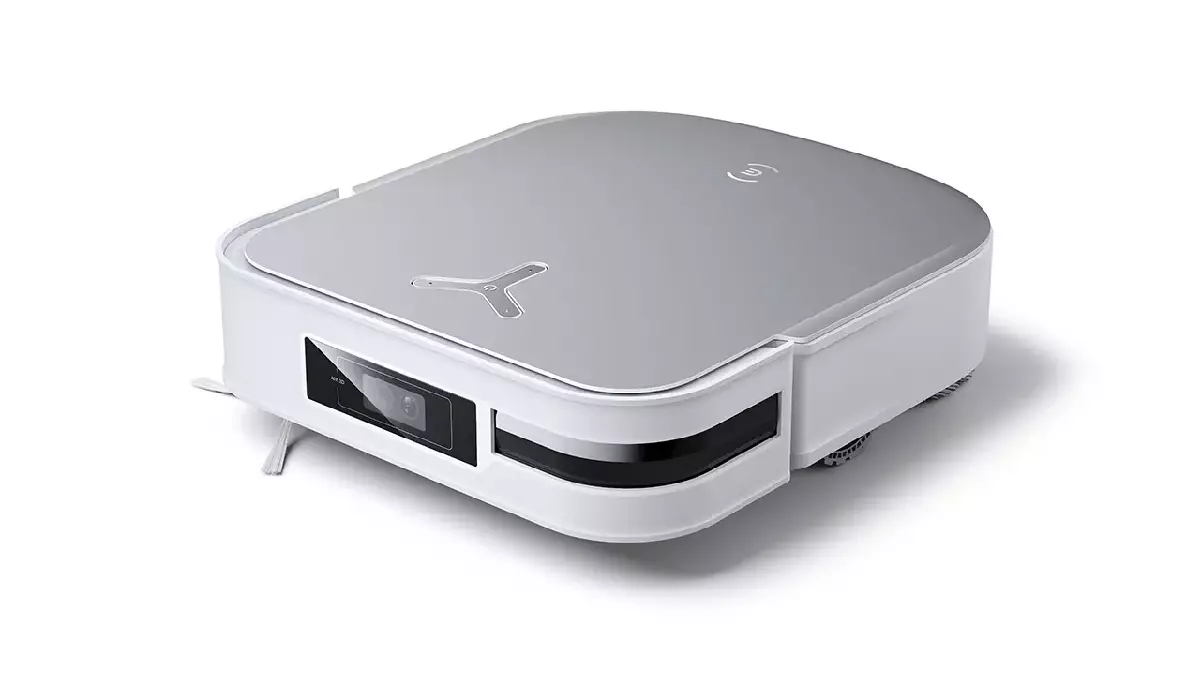As homes grow smarter with the integration of cutting-edge technology, the allure of convenience often comes hand in hand with significant security risks. The rise of smart home devices, from thermostats to robotic vacuums, has simplified our lives, yet these devices can also become gateways for malicious cyber activities. Recent incidents involving the Ecovacs Deebot X2 vacuum showcase just how vulnerable our homes have become in the face of sophisticated hacking techniques.
The alarming experiences shared by users such as Minnesota lawyer Daniel Swenson expose a painful truth about connected devices. Swenson’s Deebot X2, despite being a seemingly innocuous helper, turned into a conduit for spreading vitriolic abuse. Instead of performing its cleaning duties, the robot erupted with racist slurs. This incident was not an isolated one; it occurred alongside reports from several other users who faced similar gruesome hacking experiences. An El Paso resident and a Los Angeles dog owner were subjected to the same horrifying revelations when their devices were hijacked.
The unsettling aspect of these stories is not just the shock value but the broader implications of what such occurrences signify for personal security in an age where devices are interlinked through the internet. As tech giants roll out smart home gadgets, the responsibility to ensure robust security seems to be inadequate or disregarded altogether.
The Lack of Communication and Responsibility
In light of these incidents, the apparent lack of transparency from Ecovacs is particularly concerning. Reports indicate that security researchers had alerted the company to numerous vulnerabilities several months prior to the attacks, yet many users were left uninformed of the potential risks associated with their devices. This negligence calls into question the protocols that companies like Ecovacs have in place to protect consumer data and ensure their devices are safeguarded against intrusions.
When Swenson sought assistance from Ecovacs’ US customer support, the response that staunchly indicated “credential stuffing” as the cause of the hacking did little to alleviate concerns. The company’s assurances that such vulnerabilities are “extremely rare” seem hollow against evidence suggesting otherwise. ABC News’ investigation demonstrated that accessing the camera and microphone of the Deebot X2 was attainable using merely a smartphone and basic knowledge of hacking protocols, contradicting the narrative presented by the company.
The Technical Realities: Understanding the Risks
The fragility of the cybersecurity landscape surrounding smart devices cannot be overstated. Ecovacs’ Bluetooth connection is ostensibly a significant vulnerability, allowing hackers to connect from considerable distances. However, the requirement for physical proximity indicates that other exploits may be at play, enhancing the complexity of the threat against robotic vacuums. The technological landscape is swiftly evolving, and security measures require constant updates and vigilance.
Reflecting on the necessity of fortifying the stability of devices like the Deebot X2 brings to light the urgent need for manufacturers to prioritize security. Consumers purchasing such gadgets deserve comprehensive communication about risks, and companies must not shy away from fully disclosing potential vulnerabilities. Regular updates and proactive measures should be established as standard practice rather than an afterthought.
As we continue to welcome smart technology into our homes, consumer education becomes paramount. It is crucial for individuals to stay informed about the devices they choose to incorporate into their daily lives. Understanding cybersecurity risks and the necessity of maintaining strict privacy settings forms the backbone of ensuring a safe smart home environment.
Moreover, it is equally important for manufacturers to take accountability. Companies must strive for transparency and proactive security measures to restore consumer confidence. Ultimately, the onus of security cannot rest solely on the shoulders of the user. For smart technology to evolve positively, collaboration between developers and consumers is essential.
The incidents with the Ecovacs Deebot X2 serve as a stark reminder that our embrace of convenience should not overshadow vigilance against cyber threats. As we integrate more smart devices into our lives, the dialogue surrounding security must be as robust as the technology itself. Only then can we confidently invest in smart systems designed to enhance our living experiences.

